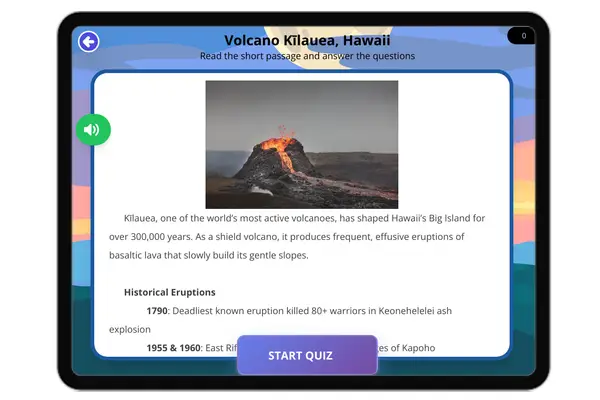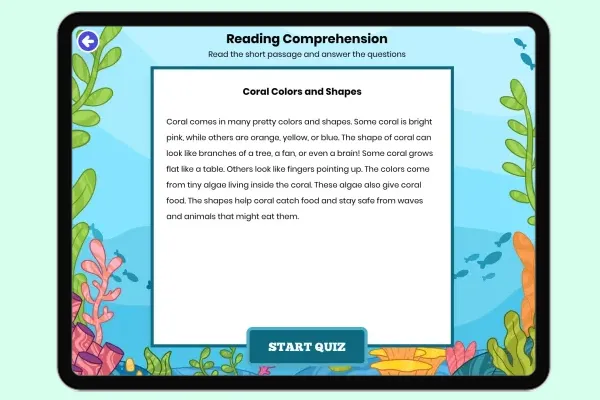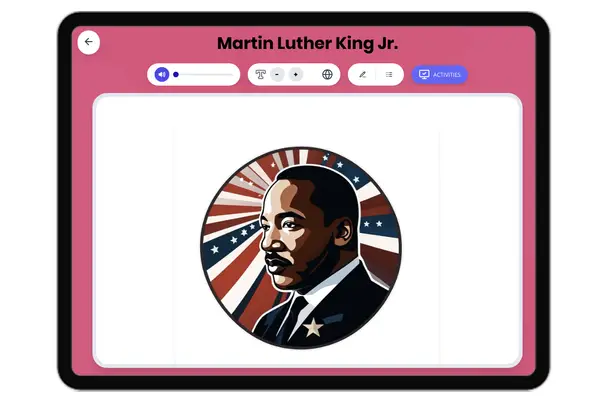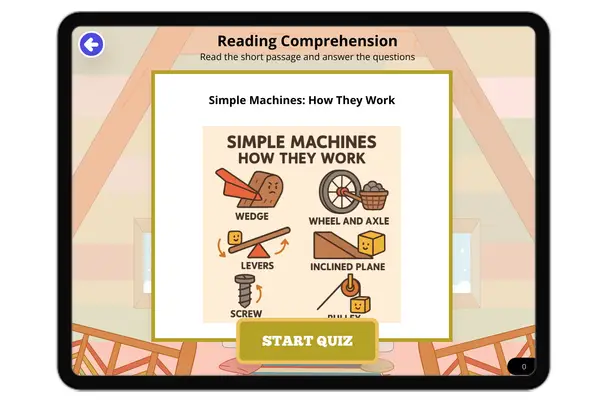Grade 3 Weather and Climate Reading Comprehension Curriculum Resources
Explore reading comprehension in Weather and Climate with our Weather and Climate Reading Comprehension curriculum resources designed for young learners. Covering environmental topics, these resources provide a comprehensive approach to understanding and interpreting texts about Weather and Climate in an engaging and accessible format, improving overall reading proficiency and environmental awareness.





















































